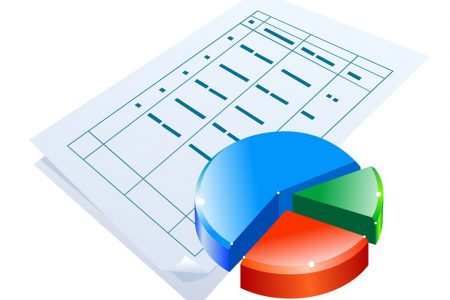Distribution
Overview of a Distribution System Define the term distribution system as it relates to this course. List the basic components that make up a distribution system. Explain the basic difference between primary distribution voltage and secondary distribution voltage. Transformers Define the term transformer. Explain in general terms how a transformer works. Given a simplified diagram identify the basic elements common to most transformers. Recognize and identify pole top pad-mounted and subsurface transformers. Voltage Regulators and Capacitors Define the term voltage regulator. Identify the electrical and physical elements that make up a typical voltage regulator. Explain in general terms how a voltage regulator works. Define the term capacitor. Explain in general terms how a capacitor works. Describe a potential safety hazard inherent in all capacitors. Distribution Lines and Layouts Explain how electrical energy flows from a substation to the consumer. List three categories of distribution lines and the classification of voltage carried by each line. List and explain three types of distribution lines. Protective Devices Part 1 Explain how circuit breakers operate to protect a distribution feeder from the effects of faults. Explain how circuit breakers and fuses are used in a coordinated protective system to protect feeders and laterals from the effects of faults. Explain how sectionalizing can be accomplished to protect customers from long outages. Explain how reclosers operate to protect a distribution system from the effects of faults. Protective Devices Part 2 Explain how reclosers and sectionalizers provide coordinated protection for a distribution system. Explain how sectionalizing can be accomplished using reclosers and sectionalizers. List and explain two devices that protect a distribution system from excessive current flow caused by voltage surges.


